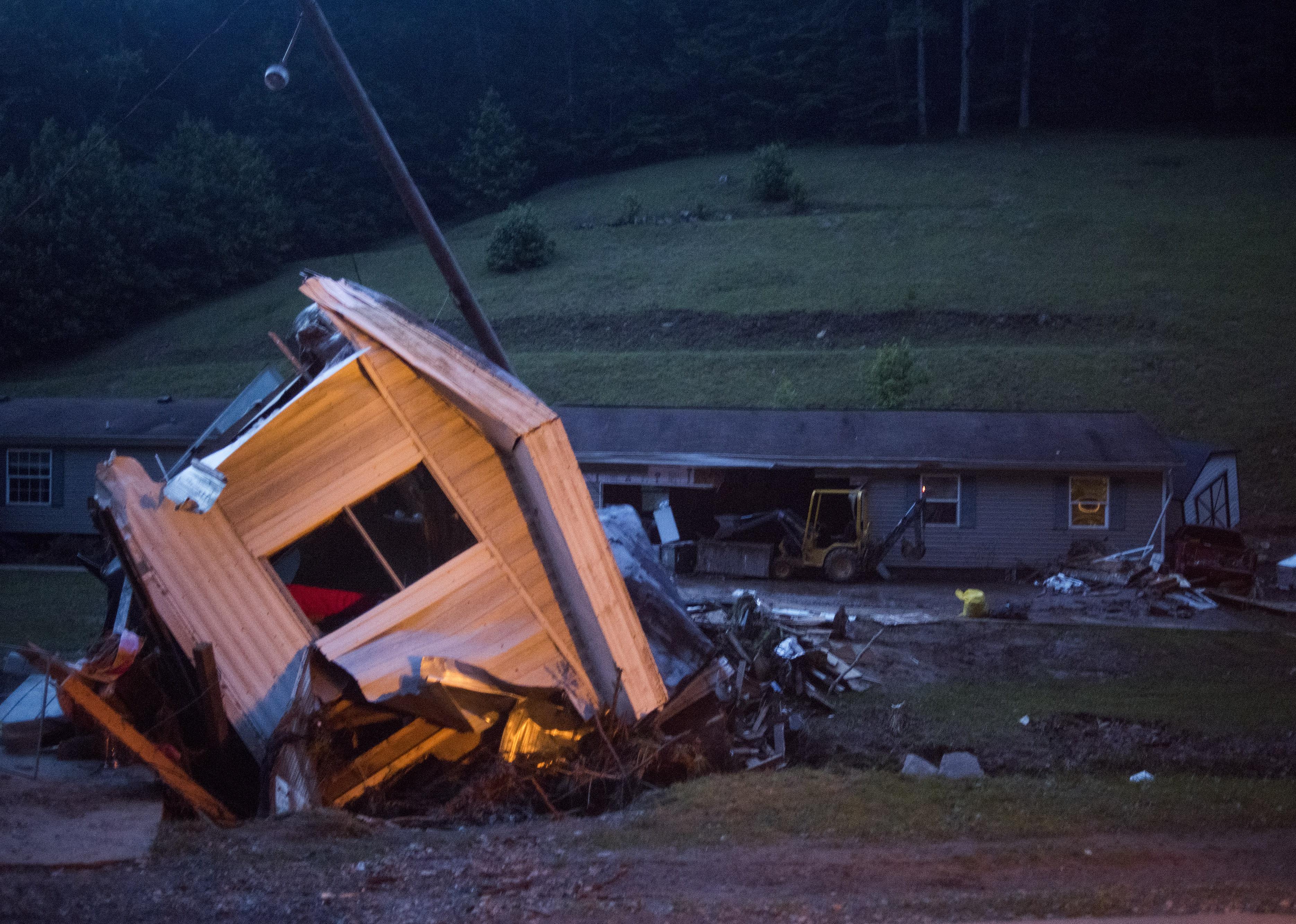
Increased rainfall and flooding: How climate change has affected West Virginia
Increased rainfall and flooding: How climate change has affected West Virginia
The latest United Nations Intergovernmental Panel on Climate Change (IPCC) report is yet another reminder of the dire effects of climate change. While climate projections often look to the future when discussing the worst impacts of climate change, we are in fact already experiencing its effects across the United States. To better understand how climate change is impacting the country, Stacker compiled a list of the impacts of climate change in every state, using local and national news stories, government reports, and scientific journal articles.
While these impacts are weather-related—for example, heat waves, droughts, or storms—individual weather events cannot be attributed to climate change on their own. Rather, it is when these events are seen within larger trends that they can be understood as part of a pattern that has come out of the changing climate.
Keep reading to learn about how your state has been impacted by climate change, or read the national story here.
West Virginia: Increased rainfall and flooding
Climate change is contributing to increased rainfall in West Virginia. The state is one of the most prone to flash floods due to the geography of the Appalachian Mountains, which channel water very quickly downstream to larger rivers. West Virginia is the United States' second-largest producer of coal, the more carbon-intensive source of fuel, and sources 94% of its own electricity from coal-fired plants.
Across the country, there are trends of rising temperatures, storms of increasing frequency and severity, and more erratic precipitation patterns, causing disruptions to the food systems and sometimes even resulting in death. While the U.S. government has set a target to reduce greenhouse gas emissions by at least 50% by 2030, it is clear that the climate emergency is already taking place, and along with emissions reductions, mitigation of the impacts of climate change must be prioritized as well.
Read below to see how other states in your region have been affected by climate change.
Maryland: Severe weather in the Chesapeake Bay
Maryland's Chesapeake Bay has been impacted by the increase of severe storms caused by climate change. Both 2018 and 2019 saw record rainfall in the region, which increased sewage overflows, flooding, and water pollution. These storms also cause runoff of nitrogen, phosphorus, and sediment into the bay, which leads to more algae blooms and dead zones. Maryland Gov. Larry Hogan has taken the issue seriously and submitted a memorandum to the state's legislative leaders in October 2021 that laid out four key principles to steer climate and environmental actions in the state, including expanding land conservation and preservation and transitioning to a cleaner economy.
Ohio: Changes to Lake Erie
According to the 2018 Fourth National Climate Assessment report, climate change has been affecting the Great Lakes, including Ohio's Lake Erie. Due to warming in the Midwest, there is an increase of lake-effect snow, and in the future, as temperatures warm further, that could shift to rain. In addition, there are increased lake surface temperatures leading to decreased ice coverage, which could actually lead to more snow. Lake Erie is also seeing more algae blooms due to the increased temperature. In 2014, cyanobacteria from an algae bloom polluted the drinking water of Toledo, Ohio.



